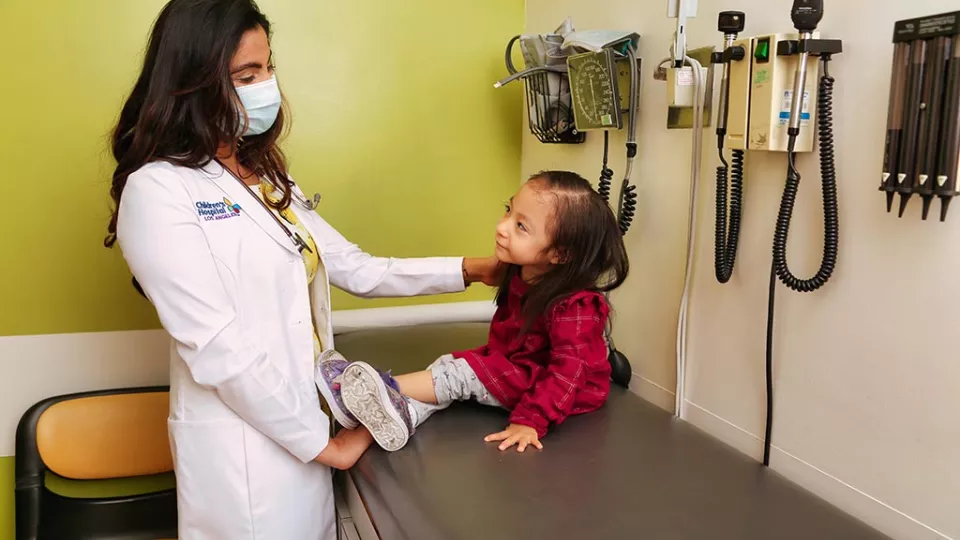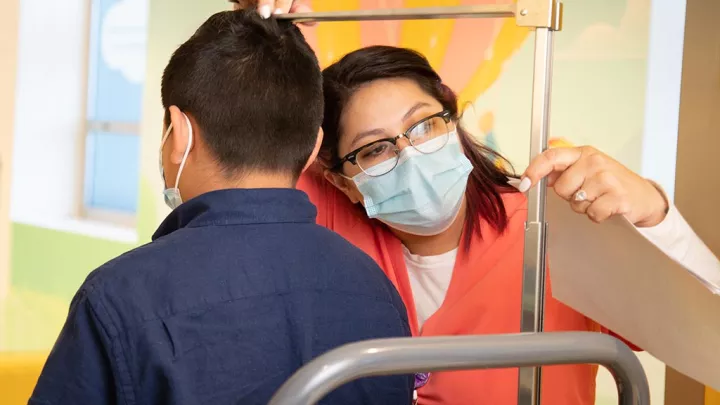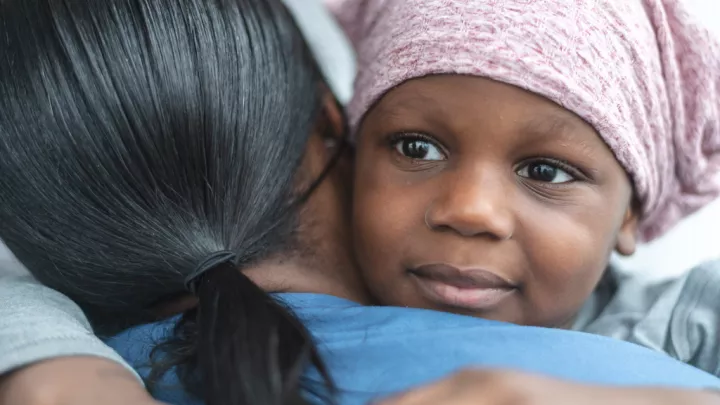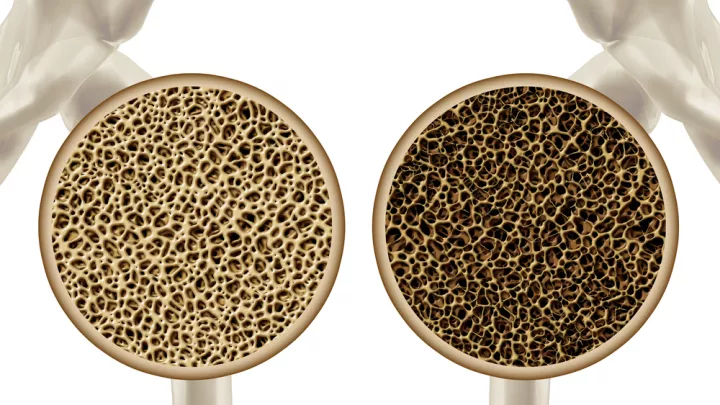
Improving Endocrine Care for Childhood Cancer Survivors
Endocrine issues are some of the most common late effects of cancer treatment. Although 85% of children now survive cancer, studies have shown that 40% to 60% of these children will later develop at least one endocrine complication. Unfortunately, these conditions can go undiagnosed for years, leading to poorer health and lower quality of life.
To help improve screening, treatment and outcomes for these patients, Children’s Hospital Los Angeles has launched a new clinic specifically for survivors of childhood cancer with endocrine issues. Below, clinic Director Priyanka Bakhtiani, MD—who also serves as Secretary for the Pediatric Endocrine Society’s Tumor Related Endocrine and Neuroendocrine Disorders special interest group—talks about the challenges and nuances of treating these patients.
What are the most common endocrine issues you see in childhood cancer survivors?
There’s a whole gamut of them. I would say the three most common are obesity, short stature and gonadal insufficiency. But we also see others that are quite prevalent, including diabetes, high cholesterol, infertility, decreased bone density, early or late puberty, thyroid issues and adrenal issues.
The risk for developing these late effects is related to the treatment a child receives, as well as the dose and frequency. Those who received ionizing radiation therapy have the highest risk for these effects. In addition, chemotherapies such as alkylating agents and antimetabolites—as well as corticosteroids and stem cell transplants—are all known to cause endocrine complications.
Why is early detection and treatment so important?
It can make a huge difference in a patient’s quality of life. One example is growth. In some cancer survivors, early puberty can mask growth hormone deficiency because the puberty hormones make them grow—at first. But once they finish puberty, it becomes clear they have not grown nearly enough, and this is when they often get referred to endocrinology.
However, by this time, their growth plates have already fused. There’s nothing you can do to make them grow. You feel helpless because you can supplement growth hormone, but that child still has to go through life being 4 feet, 5 inches tall. Early monitoring by an endocrinologist likely could have uncovered the problem at a younger age, when treatment could still make a difference in the child’s eventual height.
Another example is infertility. I just saw a young woman yesterday who received such high doses of alkylating agents for her cancer that I know her ovarian egg reserve will deplete over time. Right now, though, she still has some reserve. So I was able to tell her: If she was thinking about freezing her eggs, now would be the best time. In five years, she may not have that opportunity.
What are the challenges in treating these patients?
One of the most common challenges endocrinologists face with this population is patients not showing up for their appointments. Patients often don’t realize how significant these issues are until they’re more advanced. If you tell a young person who survived this big, life-threatening cancer that, ‘Your testosterone level might come back low a few years from now,’ it just doesn’t register as important.
These patients are already seeing so many providers—oncology, cardiology, orthopaedics, ophthalmology, etc. When are they supposed to go to school? They’re hoping for a normal life, and it is our responsibility as their physicians to do our best to give them one!
That’s one of the advantages of having this clinic, which is always on a Thursday afternoon. This makes it easier for patients to coordinate multiple appointments on the same day. We communicate regularly with their Oncology team to help facilitate the best possible care in the most convenient way.
Why is it important to have a dedicated clinic for cancer survivors with endocrine issues?
There are a lot of nuances to managing care in this unique population. It’s not just: This child has low bone density. But how does that late effect interact with other medical conditions the child has, and how does it relate to the therapies the child received 10 years ago? What other issues is the child at risk for down the line, based on those past therapies?
Having a dedicated clinic specifically for this group, with a set of guidelines and protocols for patient management, allows for consistency in care and provides a medical home for these children and families. We also have a fantastic collaboration with the LIFE Cancer Survivorship & Transition Service in the Cancer and Blood Disease Institute, which ensures that high-risk patients have timely access to care.
And while I look holistically at all possible endocrine impacts, we have a team of incredible endocrinologists who are experts in everything from bone disorders to obesity to neuroendocrine disorders to diabetes to thyroid cancer, who consult on our patients as well.
How are new cancer treatments impacting endocrine late effects?
There are so many new treatments and protocols for managing childhood cancer right now, and this is leading to a change in the landscape of anticipated endocrine risks.
For example, patients often receive proton beam therapy now instead of ionizing radiation. Many are also receiving immune-modulating therapies, which are associated with specific endocrine complications. We don’t know for certain yet what the late effects will be or when they will manifest because these are very new treatments. And that makes screening more important than ever.
What is your biggest goal for the future?
One of the exciting things about our clinic is that having a dedicated space for these patients will allow us to conduct research and track and trend these late effects over time. This is not only about providing patients with the current standard of care, but it’s also about developing new standards of care as we go along.
My biggest goal is to improve the quality of care and quality of life for these patients. This is something I’m very passionate about. Yes, they have survived cancer. But we want them to do more than survive. We want them to thrive.


